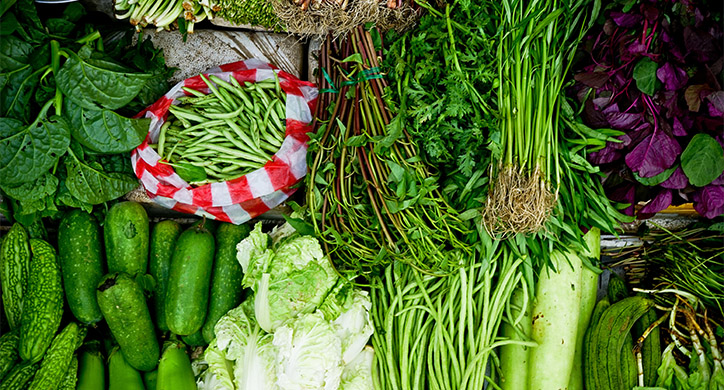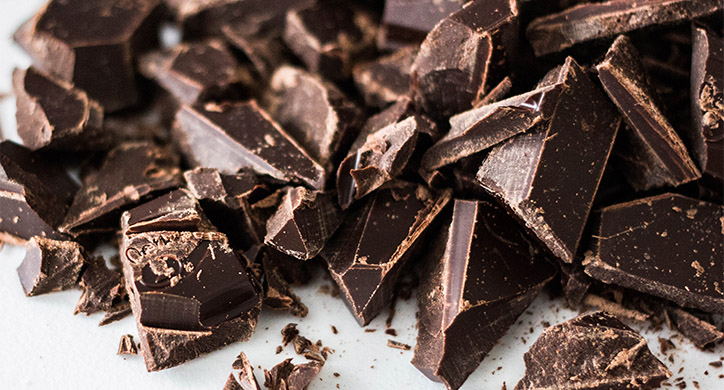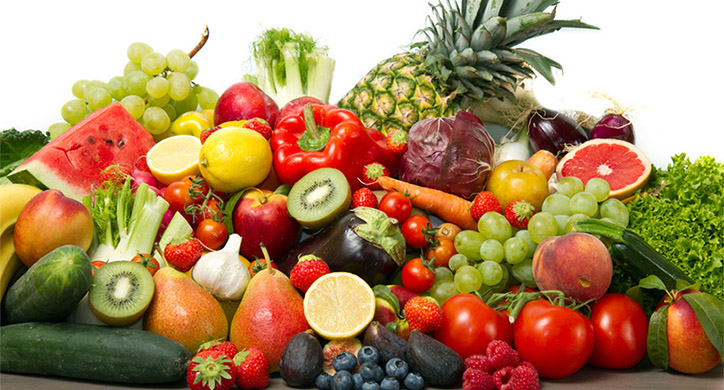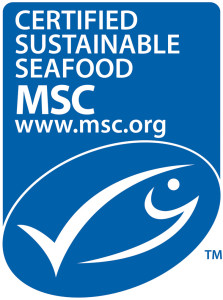You have many choices to satisfy your sweet tooth. Last week we wrote about the hazards of consuming too much sugar. This week we are taking the confusion out of the alternative sweetener market. In fact, 84% of Americans are actively trying to limit sugar and 43% are turning to sugar substitutes. There are two kinds of alternative sweeteners: artificial and natural.
First, let’s distinguish between the natural sweetener – Stevia – and the artificial sweeteners such as Splenda, Equal, and Sweet’N Low. Stevia is made directly from the stevia leaf while the others are created in a lab, hence the difference between a natural sweetener and an artificial sweetener. The creation of natural sweeteners, from the Stevia plant, has caused an 8-10% decline in the purchase of artificial sweeteners. But, natural sweeteners are generally more expensive than artificial sweeteners due to their higher ingredient costs. As of 2015, Splenda is still the sweetener of choice in the United States and outsells Truvia, Sweet’N Low, and Equal.

Don’t artificial sweeteners cause cancer? What gives?
The artificial sweeteners, Splenda, Equal and Sweet’N Low, have a very storied past with the public and many people believe some sweeteners to be worse than others. For reference, 39% of consumers think it’s best to avoid food and drinks containing artificial sweeteners, and 38% say that some sweeteners should be avoided more than others. This has been a contributing factor to the recent decline in sales of artificial sweeteners and its associated products, like diet sodas.
Since saccharin has been around the longest, it’s of no surprise that it has had its share of distrust in the market. Saccharin came under a great amount of scrutiny in the 1970s because of a well-known lab test among rats that resulted in an increased incidence of bladder cancer, but the results were later dismissed as it was found that saccharin has an entirely different effect on human bladders. Saccharin remained on a carcinogenic watch list for quite some time until the FDA determined the compound had no proven carcinogenic properties and finally removed it from the list in 2000. However, public opinion of saccharin remains very wary despite a lack of evidence.
Aspartame continues to have its share of the spotlight with similar cancer concerns, mostly of the brain, but in 2006 the National Cancer Institute conducted a 5-year study of data from almost 500,000 individuals and found that higher levels of aspartame were not associated with elevated risk for brain cancer.
However, all artificial and natural sweeteners on the market in the U.S. and Europe are Generally Regarded as Safe (GRAS) by the FDA and tested thoroughly by the European Food Safety Authority and the WHO. Any fears of cancer have been dismissed. All artificial and natural sweeteners on the market in the U.S. have undergone rigorous testing by the FDA. When a new food additive is developed, it goes through dozens of toxicity, animal, and human studies before being approved. Because of the meticulous analysis conducted by such governmental organizations as the FDA, WHO and the European Union, we as consumers can feel confident that these sweeteners have undergone substantial scrutiny before consumption of these products is permitted.
“Although there has been a lot of negative press about artificial sweeteners, there is no evidence that artificial sweeteners cause cancer in humans.”
-Christine Zoumas, MS, RD, Program Director at University of California, San Diego, Moores Cancer Center
The Agony and the Irony of Splenda, Equal and Sweet’N Low…
Some of these artificial, no-calorie sweeteners we use to lose or manage our weight are making us bigger, depending on the amount and duration that we use them!
There is a tremendous amount of controversy on whether and how these artificial sweeteners contribute to obesity. It is debated within the scientific community whether regular, long term consumption of artificial sweeteners leads to long-term health benefits or weight loss. In fact, quite the opposite can be true: a 2017 meta-analysis reported in the Canadian Medical Association Journal found that the consumption of sugar substitutes was associated with increases in weight and waist circumference, and a higher incidence of obesity, hypertension, metabolic syndrome, type 2 diabetes and cardiovascular events.
“Based on all of the research done so far, there is no clear evidence for a benefit, but there is evidence of potential harm from the long term consumption of artificial sweeteners”
-Dr. Meghan Azad, PhD, University of Manitoba
So if sweeteners have zero calories, how in the world is this happening? There may be three reasons for the expanding waistlines and associated illnesses…
Artificial sugar begets more sugar
Dr. David Ludwig, an obesity and weight-loss specialist at Harvard-affiliated Boston Children’s Hospital, hypothesizes that those who use artificial sweeteners may end up replacing the lost calories with less nutritious and calorie-dense options, like cake or pizza, thinking that they can “spend” their otherwise consumed 300 calories if they drank two regular sodas.
Another consideration is that hyper-sweetened substances may alter the way we taste our food. Since sucralose is 600 times sweeter than sugar, our brains become more accustomed to this level of sweetness and eventually we find more natural but lesser sweet things, like fruits, less desirable. And vegetables? Forget it!
Lastly, these artificial sweeteners allow the consumer to disassociate sweet with caloric, which can be dangerous as eating sugar and sugar-like substances signal our brain to consume more sugar (you can blame that on our primate ancestors, as sugar was a scarce commodity way back when!). Since we’re so used to a sugary cup of coffee that has no calories thanks to Splenda, we want more sugar…and quickly! Thankfully there’s that donut over in the corner to fill our needs, but day after day, the sugar intake exceeds what we’d otherwise “save” by using sweeteners. Or, we add more calories to our diet by topping it off with sweeteners, which only makes us crave more…

image: CNN.com
There are other controversies surrounding artificial sweeteners
Again, while the research has not been peer-reviewed or widely accepted by the scientific community, there are several separate research trials of Splenda, Equal, and Sweet’N Low that have shown causal relationships between artificial sweeteners and negative gut microbiome health, stroke and Alzheimer’s disease.
One study conducted by a team of Israeli scientists in 2014 found that artificial sweeteners, such as sucralose, aspartame and saccharin, significantly altered the intestinal bacteria of mice that, in turn, negatively affected their metabolisms, leading to obesity, diabetes, and other related diseases. (If you are unfamiliar with the gut microbiome, also known as our “second brain”, be sure to read our post on gut microbiota.)
Regarding the link of artificial sweeteners to Alzheimer’s disease and stroke, the American Heart Association reported that daily consumption of diet sodas may substantially increase the risk of these diseases. However, it is important to keep in mind that this finding may be a correlation and not causation— meaning that those who drink diet sodas regularly may be in poorer health than those who don’t drink them due to overall poor diet and lack of exercise.
Do Diet Drinks Count?

image source
Some of us may not think we regularly use artificial sweeteners, but don’t discount all those diet drinks and zero-calorie flavored waters! According to a 2016 study published in the Journal of the Academy of Nutrition and Dietetics, nearly half of adults and a quarter of children in the U.S. consume artificial sweeteners—and the majority do so on a daily basis, with diet drinks making up the bulk of the intake. Both the American Heart Association and the American Diabetic Association jointly agree that people should use artificial sweeteners cautiously.
The ingredient list on many of these diet drinks show sucralose or aspartame, both of which may be blended with acesulfame potassium (Ace-K), a supplemental sweetener commonly used in the beverage industry. Though aspartame used to be the primary sweetener of choice for the most popular beverages, blends of sucralose, aspartame, and sucralose-only options are entering the marketplace as consumer’s demand what they perceive as a more “natural” artificial sweetener.
And other options are also being added to the grocery store shelves, such as stevia-sweetened sodas and drinks. Because of its taste and its natural origin, stevia sweetened sodas, drinks, and food items are gaining in popularity. From just 2014 to 2017, the market value of stevia has grown 71% to $578 million from $338 million.
Here’s a list of the most popular diet drinks in the market today and their associated sweeteners:

Which is your sweetener of choice?
So we know that Splenda, Equal, Sweet’N Low, and Stevia have no calories, but how is that possible? And how does it affect our bodies? Learn what makes them sweet, how they look under a microscope and how much of the sweetener you can have per day per FDA guidelines (hint: it’s A LOT – but don’t think it’s an open invitation!):




Splenda (sucralose)


The chemical structure of sucralose
Chemical compound: Splenda is an artificial sweetener that is made of sucralose, a synthetically derived compound from sucrose – or table sugar. Chemically speaking, some hydrogen-oxygen groups have been removed from the molecule and chlorine has been added in their place, making sucralose much sweeter than sucrose. For those wary of chlorine being added, in addition to keeping our pools clean, chlorine is an essential nutrient found in many vegetables, including potatoes, broccoli, and tomatoes. Sucralose is extremely sweet – it’s about 600 times sweeter than table sugar and three times sweeter than Equal.
Sucralose in your body: Because your body has no use for it, approximately 85% of sucralose does not get digested or absorbed, thus leaving your body unchanged. Most of what remains gets absorbed in the gastrointestinal tract and then leaves the system as urine, but about 5% of the remaining sucralose will metabolize in the body.
Limitation on consumption: As per FDA guidelines, acceptable daily intake of sucralose is 5 milligrams per kilograms of body weight per day. So if you weigh 150 lbs., it is safe for you to consume upwards of 340mg of sucralose per day, which equates to 28 Splenda packets or 9 cans of diet soda. That should leave PLENTY of room for even the sweetest of sweet-tooth’s!
A more “natural” artificial sweetener? There’s been some backlash against Splenda’s tagline, “made from sugar, so it tastes like sugar”, which leads consumers to believe it’s a natural sweetener when in fact it’s synthetically made by a complex chemical process, just like its artificial counterparts.
Equal (aspartame)


The chemical structure of aspartame
Chemical compound: Equal, or aspartame, is another artificial sweetener, but its components do not mimic any sugar-based molecules. Instead, aspartame is made from aspartic acid and phenylalanine, two amino acids that when combined in a specific structure, yield a very sweet substance that’s 200 times sweeter than table sugar.
Aspartame in your body: Unlike sucralose and saccharine, aspartame is fully absorbed in the body given its composition of amino acids, which your intestinal tract breaks down into digestive enzymes the same way it would after consuming common protein sources, such as meats, fish, eggs and dairy. Aspartame does not enter your blood stream.
Limitation on consumption: The acceptable daily intake of aspartame as determined by the FDA is 50 milligrams per kilograms of body weight per day. So if you weigh 150 lbs., it is safe for you to consume upwards of 3,400mg of aspartame per day. This equates to 18 cans of diet soda or almost 100 blue packets…per day!! Keep in mind that your body creates trace amounts of methanol when breaking down aspartame. Though small amounts are not considered toxic and are actually naturally-occurring, larger amounts can lead to headaches, weakness, dizziness and nausea.
Aspartame and health conditions: A very important note about aspartame is that it is not to be consumed by those who suffer from phenylketonuria (PKU), a condition in which a person cannot metabolize phenylalanine (one of the components of aspartame) into tyrosine. Instead, they produce phenylpyruvate, which left untreated can cause very serious problems with brain development. Thankfully, in the U.S. and most countries, detection of this condition occurs in the newborn screening panel. Additionally, those treated for schizophrenia should avoid aspartame due to a potential reaction with some medications.
Fun fact: Previously branded as NutraSweet, aspartame swept the nation in the 1980s, replacing over a billion pounds of sugar in the US during this time, and led to the creation of many diet sodas still hugely popular today.
Sweet’N Low (saccharin)


The chemical structure of saccharin
Chemical compound: Sweet’n Low is an artificial sweetener made of saccharin, or benzoic sulfimide, which is a synthesized compound of methyl anthranilate, sodium nitrite, hydrochloric acid, sulfur dioxide, chlorine, and ammonia. This yields a very sugary substance that’s 300-400 times sweeter than sucrose.
Saccharin in your body: Similar to sucralose, saccharin is also not largely stored in the body.
Limitation on consumption: As per FDA guidelines, the acceptable daily intake of saccharin as determined by the FDA is 15 milligrams per kilograms of body weight per day. So if you weigh 150 lbs., it is safe for you to consume upwards of 1,000mg of saccharin per day, which equates to 28 pink packets or 16 cans of Tab (if you’re able to locate the cult fave!)
Fun fact: Saccharin was discovered by accident in 1879 by a chemist at Johns Hopkins University working on coal tar derivatives. He noticed a sweet tasting substance on his hands, and then deduced the compound was benzoic sulfimide, which he quickly patented in several countries. It wasn’t commonly used until World War I, when sugar was being rationed due to scarcity. Since then, saccharin has remained a popular sugar alternative.
Stevia


Steviol, the basic building block of stevia’s sweet glycosides
Chemical compound: Stevia is an all-natural sweetener that comes from a shrub called stevia rebaudiana and is primarily grown in South America and Asia. Today, 80% of all stevia comes from China, where they practice strict farming guidelines. The sweetness is from a family of molecules called stevia glycoside, which is stored within the plant’s leaves. There are 10 unique compounds and each one has a different concentration. The most common one is Rebaudioside A – otherwise known as Reb A.
The sweetness is released from the plant by steeping it in water, then separating out the water from the leaves and stems, and then purifying the plant’s material with either more water or a food-grade ethanol. It is referred to as a natural process because the stevia glycosides are literally pulled out of the plant and are exactly the same as they were when they were inside the plant. It is so sweet that it is actually 200-300 times sweeter than sugar.
Stevia in your body: Stevia has been studied and confirmed that it does not change your glycemic index or glycemic load. Research shows that it is metabolized by the liver, then passes through the body and does not accumulate anywhere. This is true for all forms of glycosides. Stevia is generally recognized as safe and has been approved by the FDA, WHO, ESFA, and Health Canada as a sweetener.
Limitation on consumption: As per FDA guidelines, the acceptable daily intake of stevia is 4 milligrams per kilograms of body weight per day. So if you weigh 150 lbs., it is safe for you to consume up to 40 packets of stevia per day – every day.
Brands and popularity: There are two primary brands sold of stevia, Truvia and PureCircle, which had 2015 sales of $145 million and $119 million, respectively. Sales of stevia sweeteners used in food and beverage manufacturing has more than doubled since 2013 given consumer demand for a more natural product.
A more “natural” artificial sweetener? There has been some conversation about stevia being considered a natural sweetener. Because there is no real definition of ‘natural’ (read our post investigating the ‘natural’ label here), the word is not meaningful. However, it is not synthetically made like other alternative sweeteners; therefore it is referred to as a ‘natural-origin’ sweetener.

 For heart health, it champions the consumption of omega-3 fatty acid-rich foods like salmon, flaxseeds, and walnuts. The report also recommends whole grains and leafy greens to regulate blood pressure.
For heart health, it champions the consumption of omega-3 fatty acid-rich foods like salmon, flaxseeds, and walnuts. The report also recommends whole grains and leafy greens to regulate blood pressure. It is not that those ingredients are bad for you, but you want to look for foods that have more healthy nutritious ingredients that add value to your body. The report also points to a burgeoning interest in traditional and artisanal food-making processes, which promise less processed and more nutrient-dense food options. Our tip: Shop the perimeter of the store and avoid added sugars in processed food choices! As Mintel reports:
It is not that those ingredients are bad for you, but you want to look for foods that have more healthy nutritious ingredients that add value to your body. The report also points to a burgeoning interest in traditional and artisanal food-making processes, which promise less processed and more nutrient-dense food options. Our tip: Shop the perimeter of the store and avoid added sugars in processed food choices! As Mintel reports:

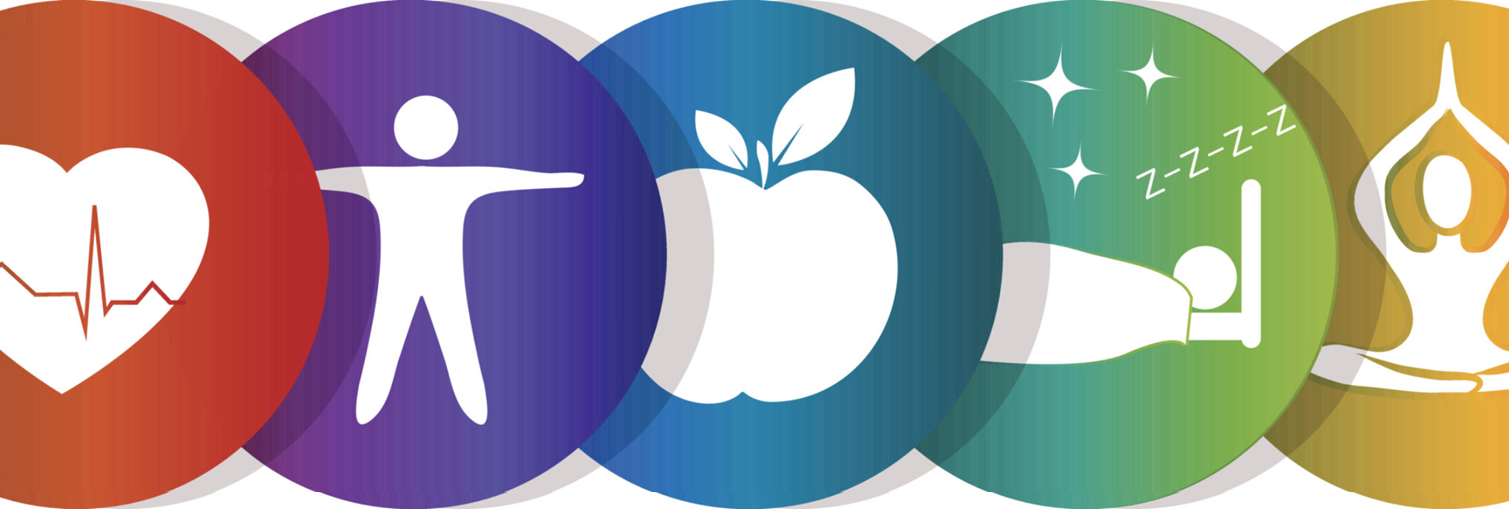
























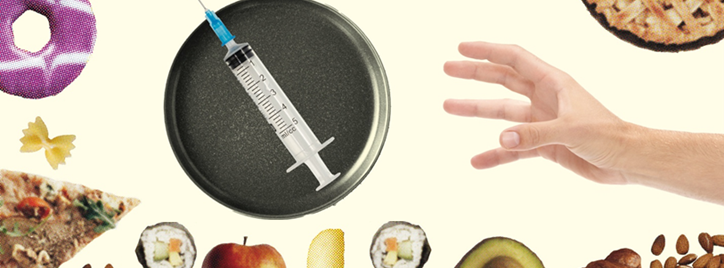



















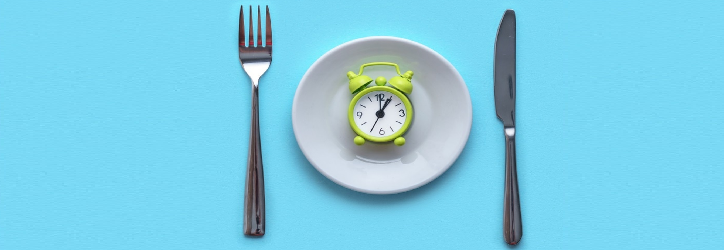















 Remember that the grams listed next to the nutritional fact are per serving size. Furthermore, the percentage to the right details what percentage of the recommended daily value (DV) each serving size contains.
Remember that the grams listed next to the nutritional fact are per serving size. Furthermore, the percentage to the right details what percentage of the recommended daily value (DV) each serving size contains.














 What happened? After seriously overthinking this, basically, we were…fine. We had plenty of energy to work out, we were not tired and while we were hungry, we weren’t “hangry”, so the entire five-day period was only modestly unpleasant. Although, I was very excited to eat a ‘real meal’ on day six!
What happened? After seriously overthinking this, basically, we were…fine. We had plenty of energy to work out, we were not tired and while we were hungry, we weren’t “hangry”, so the entire five-day period was only modestly unpleasant. Although, I was very excited to eat a ‘real meal’ on day six!




 If you’re still unsure which bar to eat, here are a few options that have at least 5 grams each of fiber, protein, and unsaturated fats, as well as very little added sugar.
If you’re still unsure which bar to eat, here are a few options that have at least 5 grams each of fiber, protein, and unsaturated fats, as well as very little added sugar. 


 In simple terms, it’s a diet rich in protein and low in carbohydrates. Meat and seafood, certainly, but also a lot of nuts, fruits, vegetables, and even eggs, I suppose.
In simple terms, it’s a diet rich in protein and low in carbohydrates. Meat and seafood, certainly, but also a lot of nuts, fruits, vegetables, and even eggs, I suppose. But I also have incisors that do more than make me look like an adolescent or excessively-aged Dracula. They are there to tear and rip things like meat.
But I also have incisors that do more than make me look like an adolescent or excessively-aged Dracula. They are there to tear and rip things like meat. And don’t forget something else my body tells me. Diet and exercise go hand in hand. It’s remarkable how much better I feel when I’m physically active, and especially so when I have the discipline to combine intellect and physicality with appetite in reasonable balance. I bet our culinary caveman also spent a good deal of time running – either chasing down food or trying not to become food. There’s a valuable lesson there, I suspect.
And don’t forget something else my body tells me. Diet and exercise go hand in hand. It’s remarkable how much better I feel when I’m physically active, and especially so when I have the discipline to combine intellect and physicality with appetite in reasonable balance. I bet our culinary caveman also spent a good deal of time running – either chasing down food or trying not to become food. There’s a valuable lesson there, I suspect. As usual, the academic community quibbles over the exact percentage with the fervor of a religious zealot. But I’m prepared to accept the general principle that a caveman diet entails a good deal less meat than my insatiable youthful cravings for bacon cheeseburgers, wings, and corn dogs.
As usual, the academic community quibbles over the exact percentage with the fervor of a religious zealot. But I’m prepared to accept the general principle that a caveman diet entails a good deal less meat than my insatiable youthful cravings for bacon cheeseburgers, wings, and corn dogs. If my brain and the rest of my body all work together on this thing we call diet and health, we might just be on to something important here. In the absence of absolute truth, perhaps a reasonable approach might rest in simple moderation. If you can find the science or authority figure you need to give you complete certainty in any single dietary approach, then by all means go for it (and share it with us for that matter!). But until you find that certainty, balance what all parts of your body are telling you with simple moderation.
If my brain and the rest of my body all work together on this thing we call diet and health, we might just be on to something important here. In the absence of absolute truth, perhaps a reasonable approach might rest in simple moderation. If you can find the science or authority figure you need to give you complete certainty in any single dietary approach, then by all means go for it (and share it with us for that matter!). But until you find that certainty, balance what all parts of your body are telling you with simple moderation.
 During these ten days, you’ll also need to track your weight. The easiest way to do this is to weigh yourself every morning when you wake up. If your weight stays about the same during those ten days, then you’ve found your maintenance calories. It’s always normal to experience a little fluctuation day-to-day, but your weight should stay within a few pounds.
During these ten days, you’ll also need to track your weight. The easiest way to do this is to weigh yourself every morning when you wake up. If your weight stays about the same during those ten days, then you’ve found your maintenance calories. It’s always normal to experience a little fluctuation day-to-day, but your weight should stay within a few pounds.



 So for me, an educated eater, if I felt my sweet tooth coming, I indulge in a piece of
So for me, an educated eater, if I felt my sweet tooth coming, I indulge in a piece of 




 The global market share for water has grown from $10 billion in 2017 and is projected to be upwards of $18 billion by 2025. With nearly half of all Americans
The global market share for water has grown from $10 billion in 2017 and is projected to be upwards of $18 billion by 2025. With nearly half of all Americans  One size does not fit all.
One size does not fit all. Electrolyte Water is enhanced with electrolytes. But did you know that tap water and most other waters also contain trace amounts of electrolytes? Electrolytes themselves are minerals that help to conduct electricity when dissolved in water.
Electrolyte Water is enhanced with electrolytes. But did you know that tap water and most other waters also contain trace amounts of electrolytes? Electrolytes themselves are minerals that help to conduct electricity when dissolved in water. But I suppose that is neither here nor there. Take lemon water as an example. Infusing water with lemon raises the amount of Vitamin C and antioxidants – but only produces a very, very small change in its nutritional content.
But I suppose that is neither here nor there. Take lemon water as an example. Infusing water with lemon raises the amount of Vitamin C and antioxidants – but only produces a very, very small change in its nutritional content.















































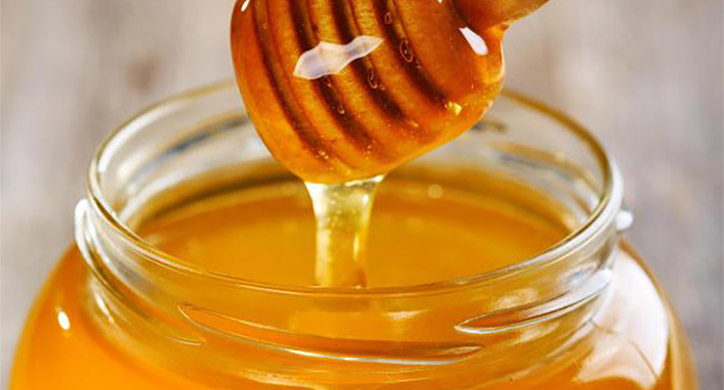













































































































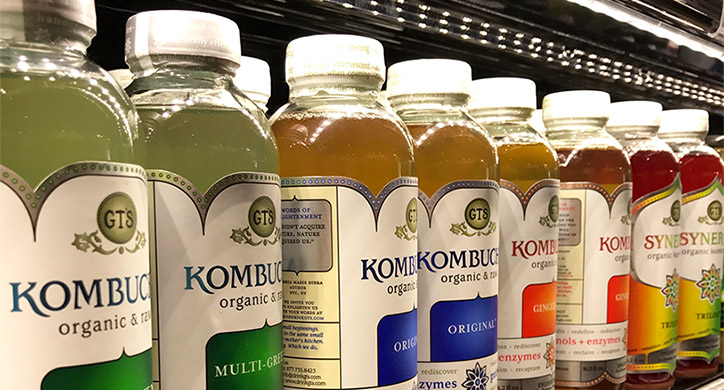







 Labels will tell you how milk has been treated.
Labels will tell you how milk has been treated.






 Today’s milking machines can milk a cow in about 7 minutes. First, the cow’s teats are cleaned with an iodine and water solution, then dried. Then rubber-lined cups are attached to the teats, and milk will flow into the milk tank. The pumping action of the cups imitates a sucking calf so it does not hurt the cow.
Today’s milking machines can milk a cow in about 7 minutes. First, the cow’s teats are cleaned with an iodine and water solution, then dried. Then rubber-lined cups are attached to the teats, and milk will flow into the milk tank. The pumping action of the cups imitates a sucking calf so it does not hurt the cow.





























































